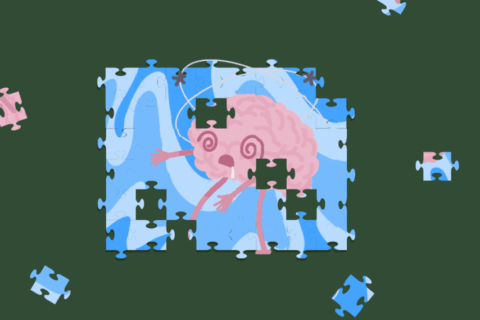Once considered to be taboo and practically synonymous with mental illness, fetishes have gradually become more widely accepted – or at least acknowledged and privately frowned upon — but remain mostly a mystery in terms of how and why they develop. Since a fetish isn’t generally advertised by a person, an exact “science of the fetishes” has yet to come into fruition.
We know that the limbic system of the brain regulates sexual arousal, motivation, memory and reinforcement of memory, and the control of sexual function. We also know that the release of neurotransmitters in the pleasure center activates the reward circuitry in the brain, which motivates all human behaviors including the sexual ones.
These two systems in the brain are the factories for fetishistic development.
However, the external factors of fetish development are not quite as easily pinpointed and any theories regarding this aspect of fetishes remain just that —theories.
One such theory, conducted by the research of Vilayanur Ramachandran, is called brain-overlap theory. According to this theory, the areas of the brain that control sexual parts and impulses may interact, or overlap, with the areas of the brain that control other appendages and emotion causing a fetish associated with the adjacent region. Since the brain’s foot region is in close proximity to the brain’s genitalia region, this theory may explain why foot fetishes are so common.
Another theory, called the pain theory, attributes some of the more extreme fetishes to the similarity of brain chemicals released during pain and sexual pleasure — endorphins and serotonin. The chemical ties of these two sensations may cause an association of pain with pleasure thus inducing a fetish for physical harm, which the BDSM porn industry thrives upon.
Researchers have also found that Ivan Pavlov’s theory of classical conditioning can be applied to the development of fetishes which brings us to our next theory: the Pavlovian theory. According to this theory, repeated exposure to a certain object while sexually aroused may cause a sexual association to form around the object itself.
A study conducted in the 1960s proved this theory by showing a group of men images of naked women alongside pictures of boots. Gradually, the naked women were replaced with more and more pictures of boots until all that was left were (what must have been really sexy) boot pictures. The result: a group of men with boot fetishes, sans naked women.
Lastly, we have the “gross-out” theory. This theory claims that, when in a state of heightened sexual arousal, our perception of what is “disgusting” tends to become more liberal. Things we normally find repulsive may not seem quite so when we’re highly aroused. We might also be more likely to engage in sexual acts we would, at the very least, think twice about considering ordinarily. This might lead to a repetition of said act and voila, a fetish is born.
If the Internet has taught me anything during my research for this article, it’s that there is a fetish out there for just about anything. So if you suddenly find yourself turned on by a toaster, just know that you’re not alone. And if you’re wondering why the hell you’re turned on by a toaster, hopefully one of the theories above can help you figure that out.





Recent Comments